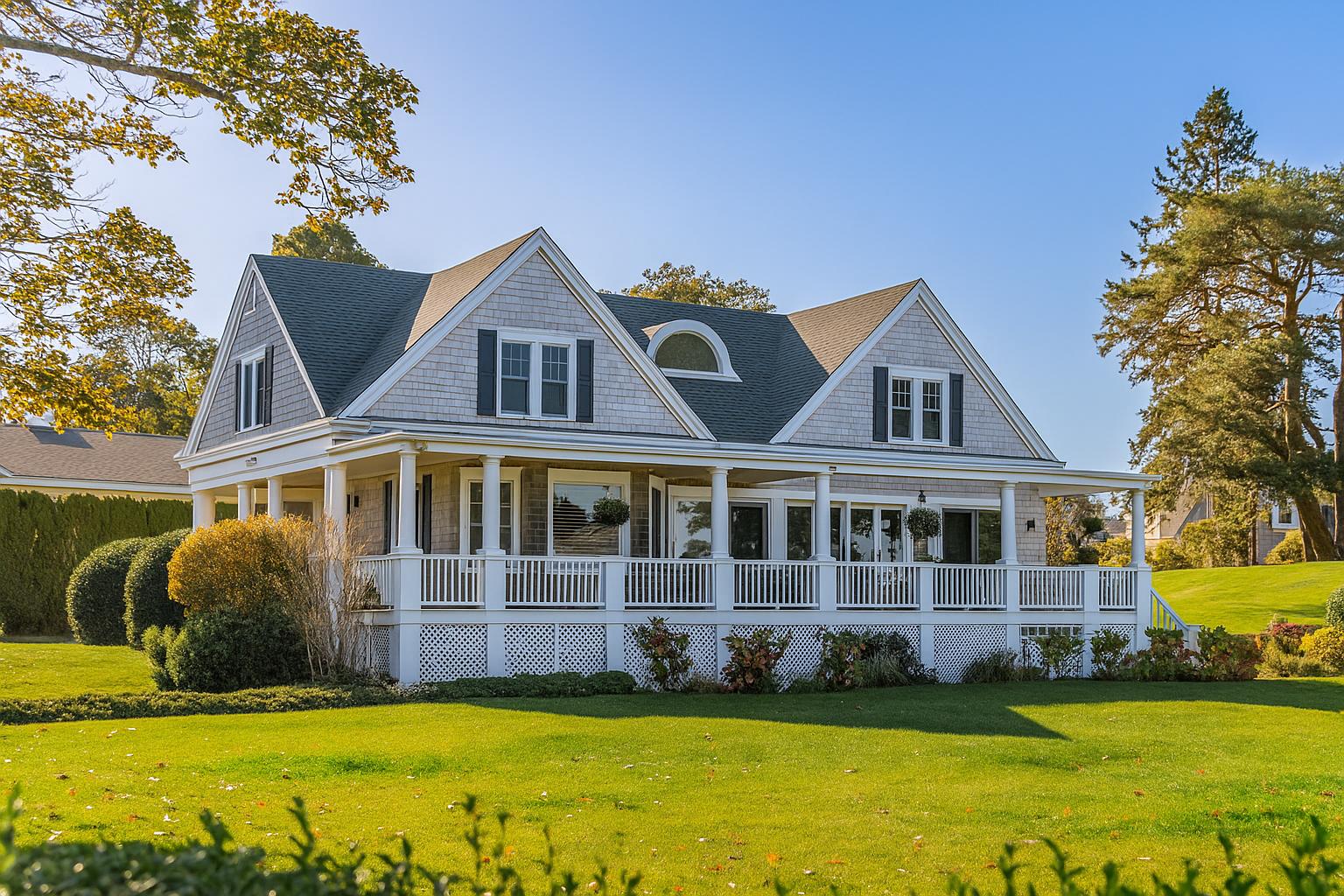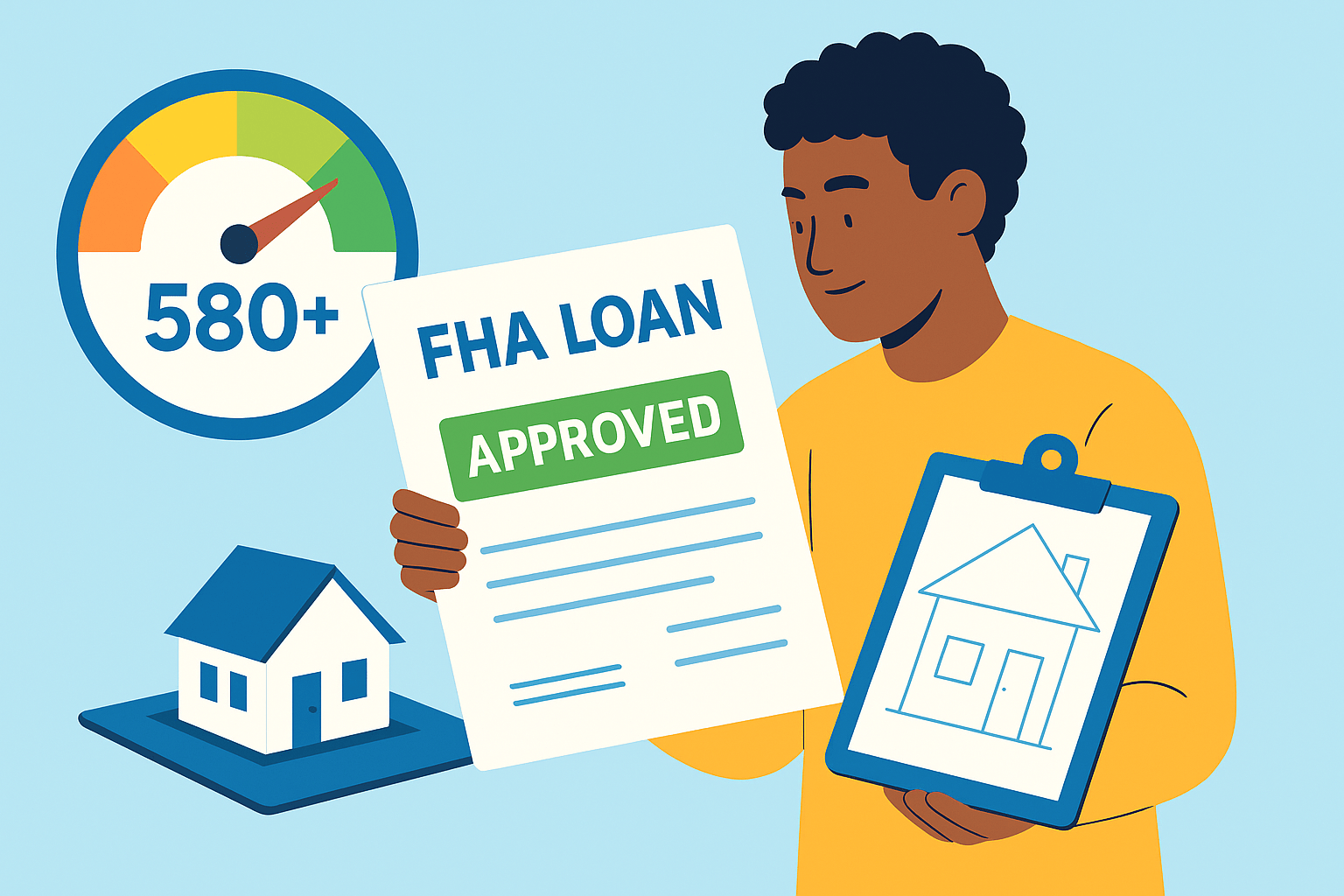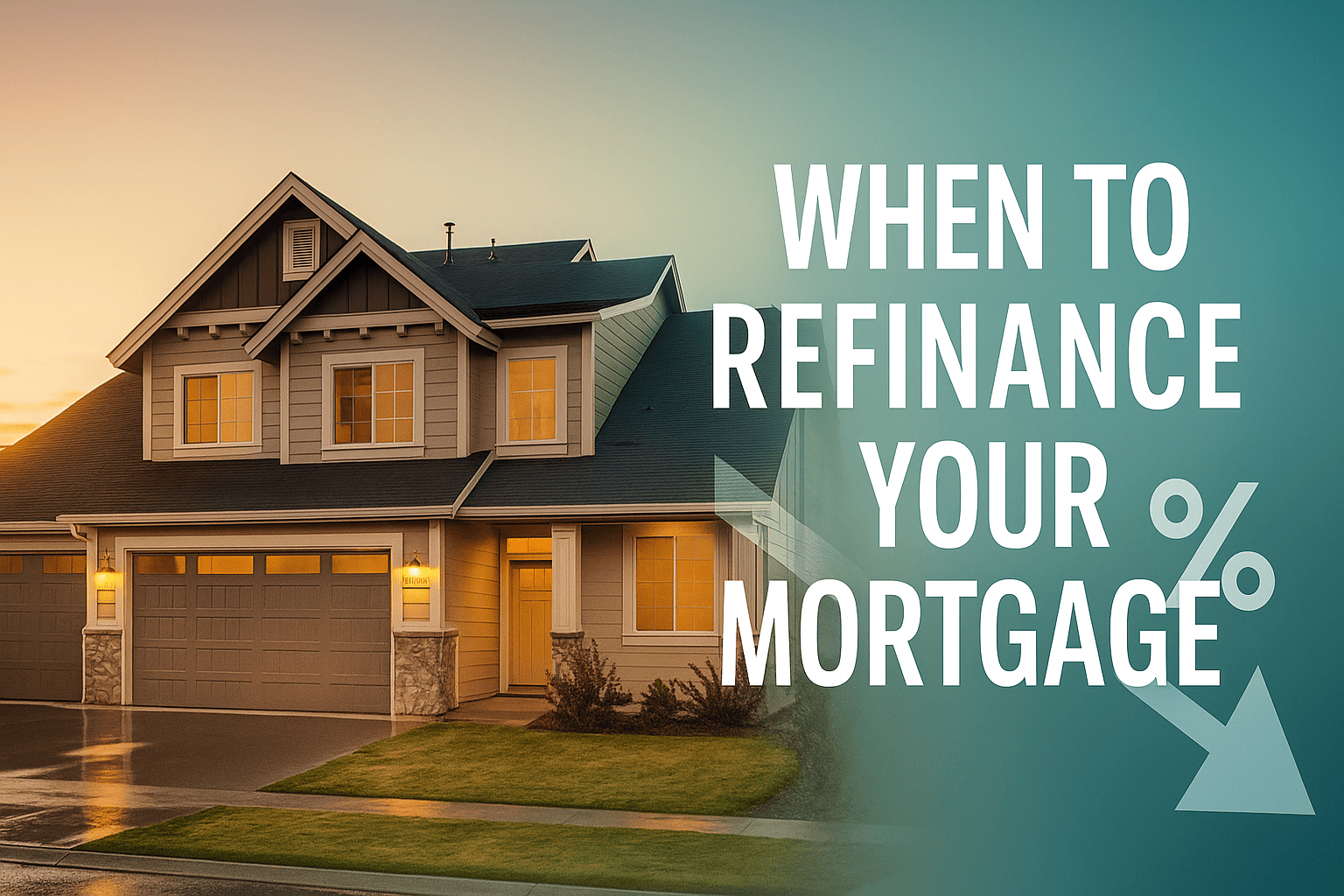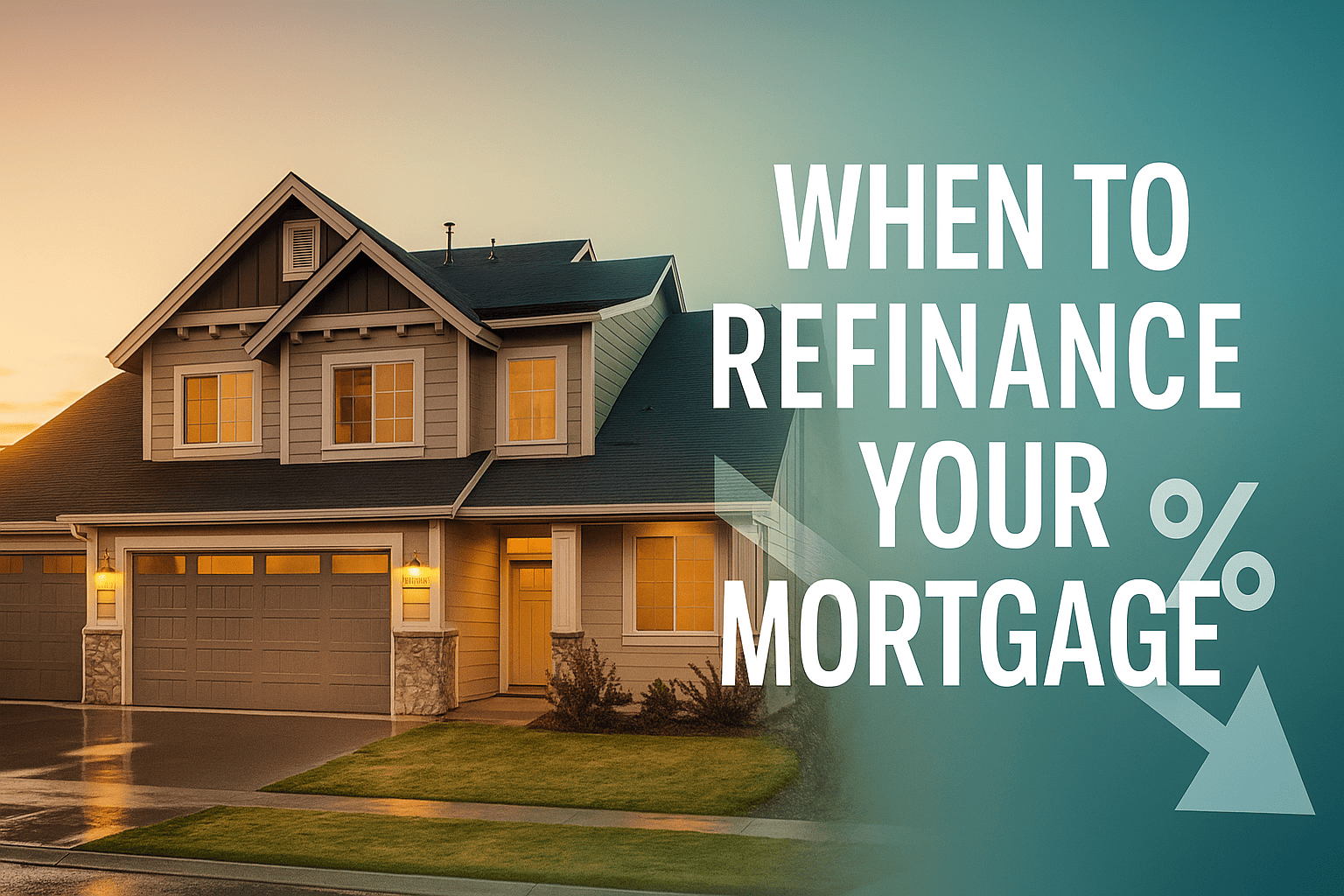Homebuyer Assistance Program First-Time Homebuyer Assistance Programs
Nebraska’s Homebuyer Assistance Program: Your Roadmap to First-Time Homeownership
Homebuyer Assistance Program (HAP) is more than a catchy title—it’s a lifeline for Nebraskans who dream of owning their first home but fear the price tag. From down payment help to low-interest financing, the initiative, administered by the Nebraska Investment Finance Authority (NIFA), turns “someday” into “moving day.” Below you’ll find everything you need: eligibility rules, dollar figures, hidden perks, and real-world tips.
Why Nebraska Created the Homebuyer Assistance Program
Nebraska’s median home value rose roughly 8 % in 2023, outpacing wage growth and pushing many renters to the sidelines. Recognizing the squeeze, NIFA launched the Homebuyer Assistance Program to knock down the two biggest barriers—down payments and closing costs. By pairing a competitive first mortgage with a second loan for upfront expenses, the state helps qualified residents step over the threshold instead of hitting a wall.
- Up to 5 % of purchase price for down payment and closing costs
- 30-year fixed-rate first mortgage
- Forgivable second loan if certain conditions are met
- Income and purchase-price limits keep the aid focused on moderate-income buyers
How Does the Homebuyer Assistance Program in Nebraska Work?
Picture a two-layer cake. The bottom layer is a standard 30-year fixed mortgage issued by a NIFA-approved lender. The top layer is a smaller, 10-year second mortgage—commonly 3 % of the purchase price (up to 5 % in targeted areas). That second layer covers the cash you’d normally have to produce at the closing table, letting you preserve savings for appliances, paint, or the inevitable surprise water heater.
The genius is in the structure: pay your mortgage on time for 10 years and the loan is considered satisfied. Miss the program? You’ll need liquid funds or pricey private financing. With HAP, those funds come at affordable terms, often below market rates, putting a bigger home well within reach.
Who Is Eligible for Nebraska’s Homebuyer Assistance Program?
Eligibility isn’t one-size-fits-all, but the core criteria include:
- First-time buyer status: No ownership interest in a principal residence during the past three years (exceptions exist for veterans and targeted census tracts).
- Income caps: Adjusted by household size and county. For example, a family of three in Lancaster County must earn ≤ $98,400 (2024 figure) to qualify.
- Purchase price limits: Up to $432,000 outside targeted areas; slightly higher within them.
- Minimum credit score: 640 for conventional, 620 for FHA/VA/USDA backs.
- Completion of approved homebuyer education prior to closing.
Wondering if student loans, gig-economy income, or side hustles affect eligibility? They do, and approved lenders know the guidelines cold. They can calculate your qualifying income with surgical precision—often spotting exclusions that shrink your reported number and keep you under the cap.
How Much Down Payment Assistance Can I Get in Nebraska?
Most borrowers draw between $8,000 and $12,000 for down payment support, though larger purchases can push that figure higher. The monetary limit is technically the lesser of 5 % of the purchase price or the amount needed to meet loan-to-value rules. In practice, here’s what that might look like:
| Purchase Price | Maximum Potential HAP Assistance (5 %) |
|---|---|
| $200,000 | $10,000 |
| $275,000 | $13,750 |
| $350,000 | $17,500 |
Keep in mind: if you secure a USDA or VA loan with no down payment requirement, HAP funds can be allocated entirely toward closing costs—title fees, prepaid taxes, even the first year of homeowners insurance. That flexibility is one of the program’s secret weapons.
A Step-By-Step Guide to Applying for the Homebuyer Assistance Program
1. Check Your Numbers
Download NIFA’s latest income and purchase-price charts. Compare them to your gross household income and your realistic buying budget. If you’re within 10 % of the threshold, don’t self-reject—an experienced lender can often adjust figures in your favor.
2. Choose a NIFA-Approved Lender
Nearly 60 lenders statewide have the green light to originate Homebuyer Assistance Program loans. Ask each for a Loan Estimate that specifically mentions “NIFA HAP.” Rates vary daily, so compare on the same afternoon for apples-to-apples clarity.
3. Take Homebuyer Education
HAP accepts certificates from eHome America, Framework, or in-person HUD-certified counseling. Spend the $75 and carve out six hours; you’ll save multiples of that in interest and fees by applying what you learn.
4. Secure a Purchase Agreement
Once pre-approved, partner with a real-estate agent who knows local grant timelines. Sellers in hot markets often prefer quicker closings, so agents who’ve closed HAP deals can negotiate realistic dates and manage expectations.
5. Close and Celebrate
At closing, you’ll sign two sets of documents. The second-mortgage note outlines the payback schedule (or forgiveness path). Funds disburse immediately—no waiting for reimbursement. Keys in hand, you’re officially a Nebraska homeowner.
Micro-Story: From “Outbid Again” to “Offer Accepted”
Kylie, a public-school speech therapist in Kearney, spent nine months losing bidding wars. Her FHA loan and 3 % down paled next to cash offers. After discovering HAP, she bumped her down payment to 5 % without draining savings. That extra 2 % signaled strength to sellers, and her offer on a $240,000 ranch beat three investors. “The program didn’t just help me buy,” she says, “it helped me compete.”
Hidden Benefits You Might Overlook
Beyond dollars, HAP delivers fringe advantages that compound over the years:
- No prepayment penalty. Refinance or sell without extra fees.
- Portability of education. The HUD-certified course is accepted by most lenders nationwide.
- Equity acceleration. Data from NIFA’s 2022 performance report shows HAP borrowers refinanced into conventional loans 18 months sooner than non-HAP peers, thanks to built-in equity.
Each perk boosts financial resilience, transforming the program from a one-time subsidy into a long-term wealth engine.
Comparing HAP to Other Nebraska Down Payment Assistance Options
Several cities—Omaha, Lincoln, Grand Island—offer municipal grants. While free money sounds unbeatable, city programs often cap assistance at $5,000 and tie occupancy rules to five-year forgivable periods. By contrast, HAP’s statewide reach, higher caps, and alignment with conventional, FHA, VA, and USDA loans provide unmatched versatility.
Another alternative is withdrawing from a Roth IRA. Yet early withdrawals erode retirement gains and may trigger taxes. HAP lets you keep that nest egg intact while still achieving homeownership.
Diver deeper: Can HAP Stack With Other Incentives?
Yes. HAP can layer atop USDA financing, VA benefits, and certain municipal grants as long as combined aid doesn’t push your total cash-to-close below $0 (lenders can’t pay you to buy a home). Savvy borrowers often pair HAP with seller concessions for a near-zero out-of-pocket closing. Coordinate early so underwriters aren’t blindsided by multiple subsidies.
The Economics of Waiting vs. Buying with HAP
Some renters pause, hoping prices will tumble. Consider the math: On a $250,000 home, a modest 3 % price rise adds $7,500. Meanwhile, every 0.5-percentage-point mortgage rate hike tacks on roughly $80 to the monthly payment. If HAP gets you in the game today, you might spend $960 less per year on interest than someone who waits and borrows at a higher rate. In effect, the program’s down payment support neutralizes typical market upticks.
Frequently Asked Questions
- Does the Homebuyer Assistance Program require mortgage insurance?
- Yes for FHA, USDA, and low-down conventional loans. Once you reach 20 % equity on conventional, you can request removal.
- Is the second mortgage taxable income?
- No. It’s a loan, not a grant, so it isn’t reported as income.
- Can I use HAP for a duplex?
- Only single-family, condo, or townhome properties qualify; 2-4 unit purchases are excluded.
- What happens if I move before the 10-year term ends?
- The unforgiven balance on the second mortgage becomes due at sale or refinance.
Ready to Open Your Front Door?
Your future address could be just a signature away. The Homebuyer Assistance Program removes financial friction so you can focus on finding the perfect porch swing. Connect with a NIFA-approved lender today, compare rates, and schedule your homebuyer education course. By next season, you could be hosting a backyard barbecue instead of renewing another lease.
Explore official HAP details on NIFA’s site or reach out to our partner lending team for a personalized eligibility review within one business day.
Suggested URL slug: /nebraska-homebuyer-assistance-program-guide
Explore More Blog Posts
Checkout more similar posts those will help you to choose better property.












 Profile
Profile Password
Password Saved Properties
Saved Properties Sign Out
Sign Out
 +0.01
+0.01
 -0.15
-0.15

